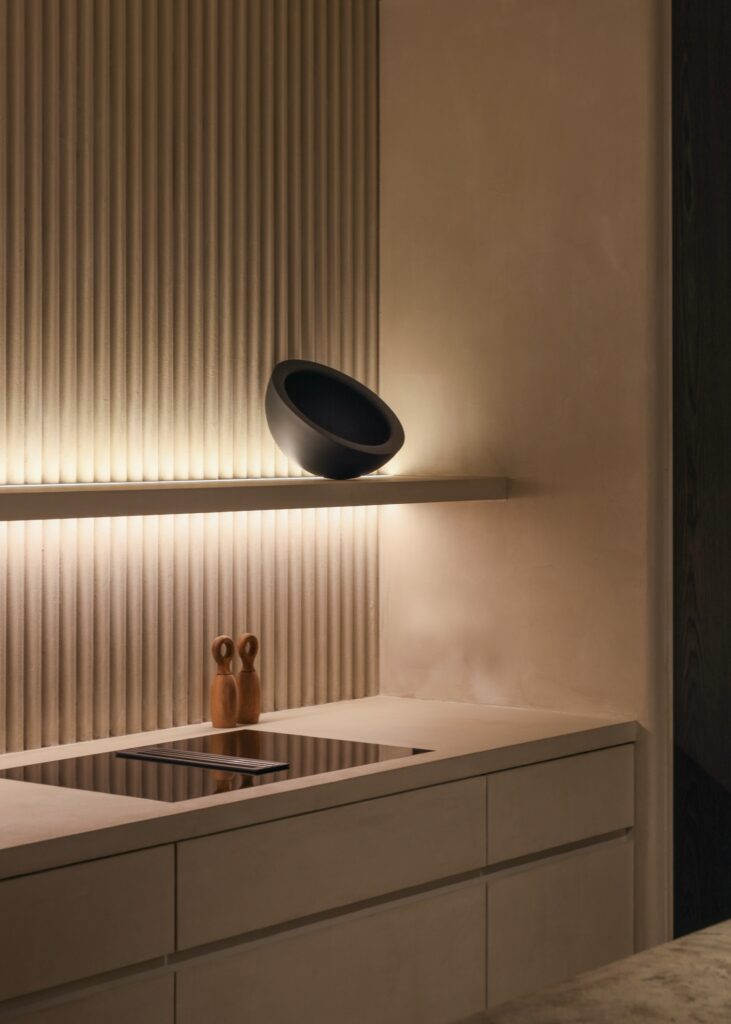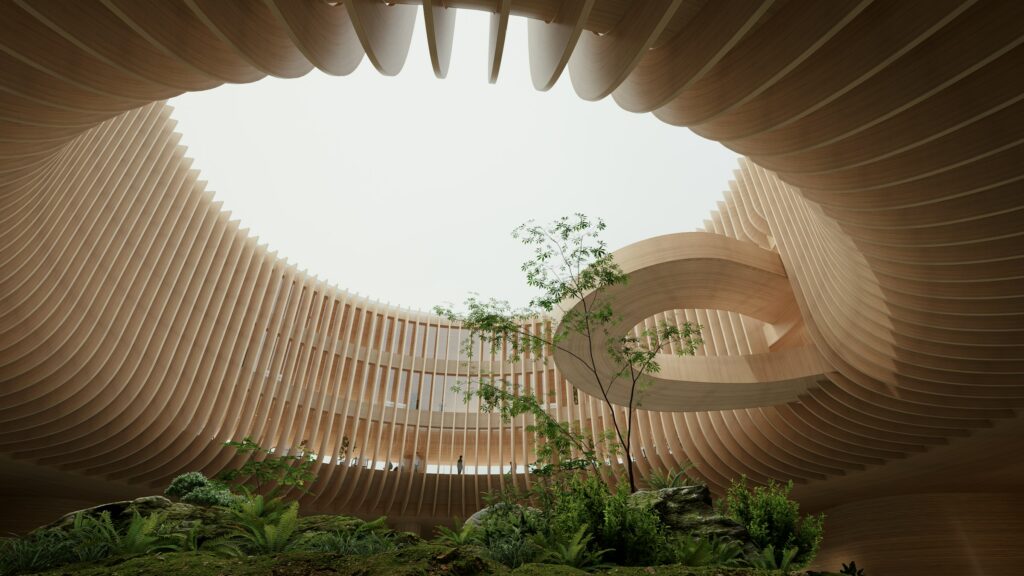Minimalistic Hotel Design
Principles, Benefits and Trends in Minimalistic Hotel Design.



Embracing Minimalism: The New Wave in Hotel Design
In an era where less is more, the concept of minimalism has transcended beyond personal lifestyles and made its way into the hospitality industry. Minimalistic design in hotels is becoming increasingly popular, appealing to travelers seeking serenity, simplicity, and functionality. This blog explores the principles, benefits, and trends of minimalistic design in hotels, demonstrating why this approach is revolutionizing the way we experience hospitality.
What is Minimalistic Design?
Minimalistic design emphasizes simplicity, clean lines, and a clutter-free environment. Rooted in the idea of “less is more,” it focuses on essential elements, creating spaces that are both aesthetically pleasing and highly functional. This design philosophy strips away excess, allowing the inherent beauty of materials, space, and light to shine through.
Principles of Minimalistic Hotel Design
- Simplicity and Functionality:
Minimalism in hotel design means creating spaces that are both straightforward and efficient. Every element serves a purpose, and there is a deliberate avoidance of unnecessary decoration. Furniture is often multi-functional, such as beds with storage underneath or desks that double as dining tables. - Neutral Color Palettes:
Minimalistic hotels often feature neutral colors like whites, grays, and beiges, which create a calm and serene atmosphere. These colors also make rooms feel more spacious and airy, enhancing the overall sense of tranquility. - Natural Light and Open Spaces:
Large windows and open floor plans are hallmarks of minimalistic design. Natural light floods the interiors, reducing the need for artificial lighting and creating a connection with the outdoors. Open spaces avoid the feeling of being cramped and allow for easy movement. - Quality Over Quantity:
Emphasis is placed on high-quality materials and craftsmanship. From luxurious linens to bespoke furniture, minimalistic design focuses on durability and a sense of understated luxury. - Integration with Nature:
Many minimalistic hotels incorporate natural elements like wood, stone, and greenery, creating a seamless blend between the indoor and outdoor environments. This connection to nature enhances relaxation and well-being.

Benefits of Minimalistic Design in Hotels
- Enhanced Guest Experience:
A clutter-free environment promotes relaxation and reduces stress. Guests can enjoy a peaceful retreat, free from the distractions of excessive décor. - Sustainability:
Minimalistic design often goes hand-in-hand with sustainability. The focus on quality and durability means less waste, and the use of natural light and materials reduces the carbon footprint. - Operational Efficiency:
With fewer items to manage and clean, hotel operations become more efficient. This can lead to cost savings and more streamlined processes. - Timeless Appeal:
Minimalistic design has a timeless quality that doesn’t quickly go out of style. This means hotels can remain aesthetically relevant for longer, reducing the need for frequent renovations.

Trends in Minimalistic Hotel Design
- Smart Technology Integration:
Minimalistic hotels are incorporating smart technology to enhance the guest experience without adding physical clutter. Keyless entry, app-controlled room settings, and voice-activated assistants are becoming standard. - Local Art and Craftsmanship:
While minimalism avoids excessive decoration, there’s a growing trend of incorporating local art and craftsmanship in subtle ways. This adds character and a sense of place without overwhelming the design. - Wellness-Focused Amenities:
Minimalistic hotels are increasingly focusing on wellness, offering features like yoga mats in rooms, meditation spaces, and organic, locally-sourced food options. - Adaptive Reuse of Spaces:
Many new minimalistic hotels are emerging in repurposed buildings, such as old factories or warehouses. This not only preserves history but also offers unique design opportunities that align with minimalism.
Conclusion
Minimalistic design in hotels is more than just an aesthetic choice; it’s a philosophy that enhances the guest experience, promotes sustainability, and brings a timeless quality to hospitality spaces. By focusing on simplicity, functionality, and quality, minimalistic hotels provide a serene and efficient retreat for modern travelers. As this trend continues to grow, we can expect to see more hotels embracing the elegance of less, creating spaces that offer both luxury and tranquility in the purest form.
Get in touch with Debbi XO!






